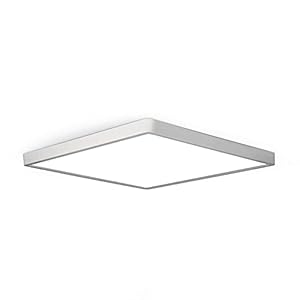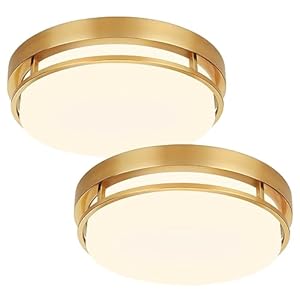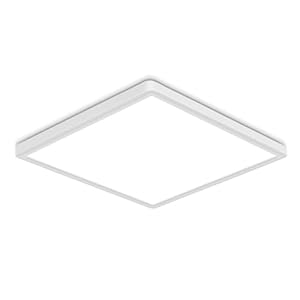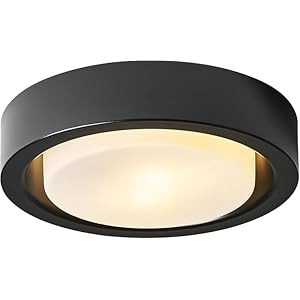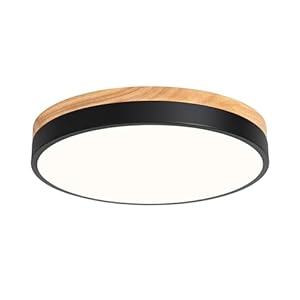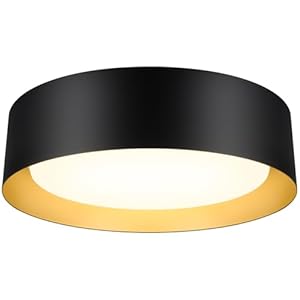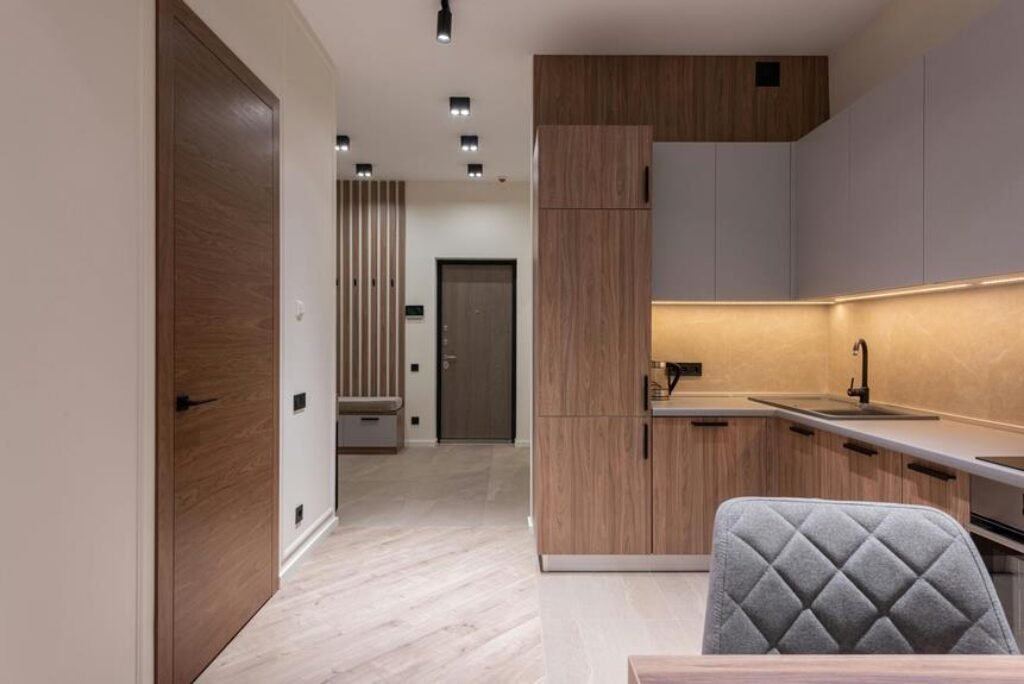
When designing a lighting plan for your new home, you’ll need to consider more than just picking out fixtures. Understanding how to illuminate a space effectively involves a strategic approach that takes into account various factors. From determining the primary activities in each room to creating the desired ambiance, each step plays a crucial role in the overall design. By mastering the art of balancing functionality and aesthetics through lighting, you’ll be able to transform your home into a space that not only looks great but also serves your needs efficiently.
Assessing Your Space
When assessing your space for a new lighting plan, begin by identifying the key areas that require adequate illumination. Walk around your home and take note of areas where you perform tasks that need good lighting, such as the kitchen for cooking or the living room for reading. Consider the ambiance you want to create in each room. For example, you may want brighter lights in the kitchen for functionality but softer, dimmable options in the bedroom for relaxation.
Think about any architectural features you want to highlight, like artwork or a beautiful fireplace. These may require specific lighting techniques to enhance their presence. Also, take into account any dark corners or areas that lack natural light, as these will need additional lighting fixtures.
It’s essential to assess both daytime and nighttime lighting needs to ensure your space is well-lit and comfortable at all times. By carefully evaluating your space, you can create a lighting plan that meets your practical and aesthetic requirements.
Understanding Lighting Needs
To comprehend your lighting needs effectively, consider the specific functions and atmospheres you aim to achieve in each room of your home. Start by identifying the primary activities that will take place in each space. For instance, in the kitchen, task lighting is crucial for food preparation, while in the living room, you may want a combination of ambient and accent lighting for relaxation and entertaining. Understanding the purpose of each room will guide you in determining the appropriate lighting requirements.
Additionally, take into account the natural light available in each room. Rooms with ample natural light may require less artificial lighting during the day, while rooms with limited natural light will benefit from strategically placed fixtures to brighten the space.
Consider the mood or atmosphere you wish to create in each room. Bright, white lighting can make a space feel more energetic and vibrant, while warmer, dimmer lighting can create a cozy and intimate ambiance. By recognizing these factors, you can tailor your lighting plan to meet the specific needs and desired atmospheres of each room in your new home.
Selecting Appropriate Fixtures
Consider the style and function of each room when choosing the appropriate fixtures for your new home’s lighting plan. Start by evaluating the size and layout of the room. For larger spaces, such as living rooms or kitchens, consider using statement pieces like chandeliers or pendant lights to provide ample illumination and enhance the room’s aesthetic.
In rooms where focused lighting is needed, such as home offices or reading nooks, opt for adjustable fixtures like track lighting or swing-arm wall lamps. These fixtures allow you to direct light where it’s needed most. For ambient lighting in bedrooms or cozy lounges, consider softer options like recessed lighting or wall sconces to create a warm and inviting atmosphere.
Don’t forget to match the fixtures to the overall style of each room. Modern spaces may benefit from sleek, minimalist fixtures, while traditional rooms could be complemented by classic chandeliers or vintage-inspired lamps. By selecting fixtures that align with both the function and style of each room, you can create a cohesive and well-balanced lighting plan for your new home.
Implementing a Layered Approach
To create a well-balanced and dynamic lighting plan for your new home, integrating a layered approach is key. This method involves combining different types of lighting to address various needs within a space.
Start with ambient lighting, which provides overall illumination and sets the tone for the room. This could be achieved through ceiling fixtures, recessed lights, or track lighting.
Next, incorporate task lighting to illuminate specific areas where activities like reading or cooking take place. Desk lamps, under-cabinet lights, or pendant lights work well for this purpose.
Accent lighting adds depth and highlights architectural features or decor elements, creating visual interest. Consider using wall sconces, picture lights, or track lighting with adjustable heads for flexibility.
Finally, decorative lighting adds personality and style to the space. Chandeliers, pendant lights, or statement floor lamps can serve as focal points while complementing the overall design aesthetic.
Trending Products

